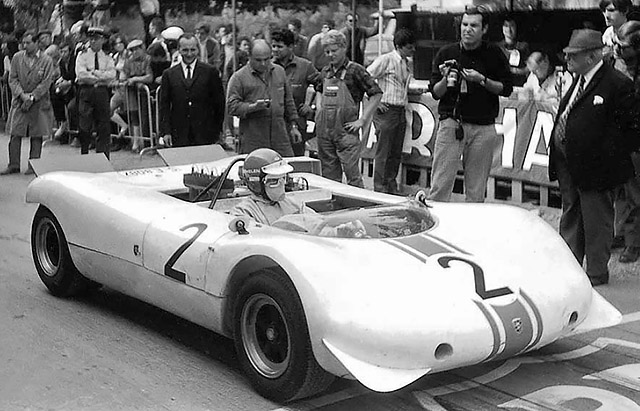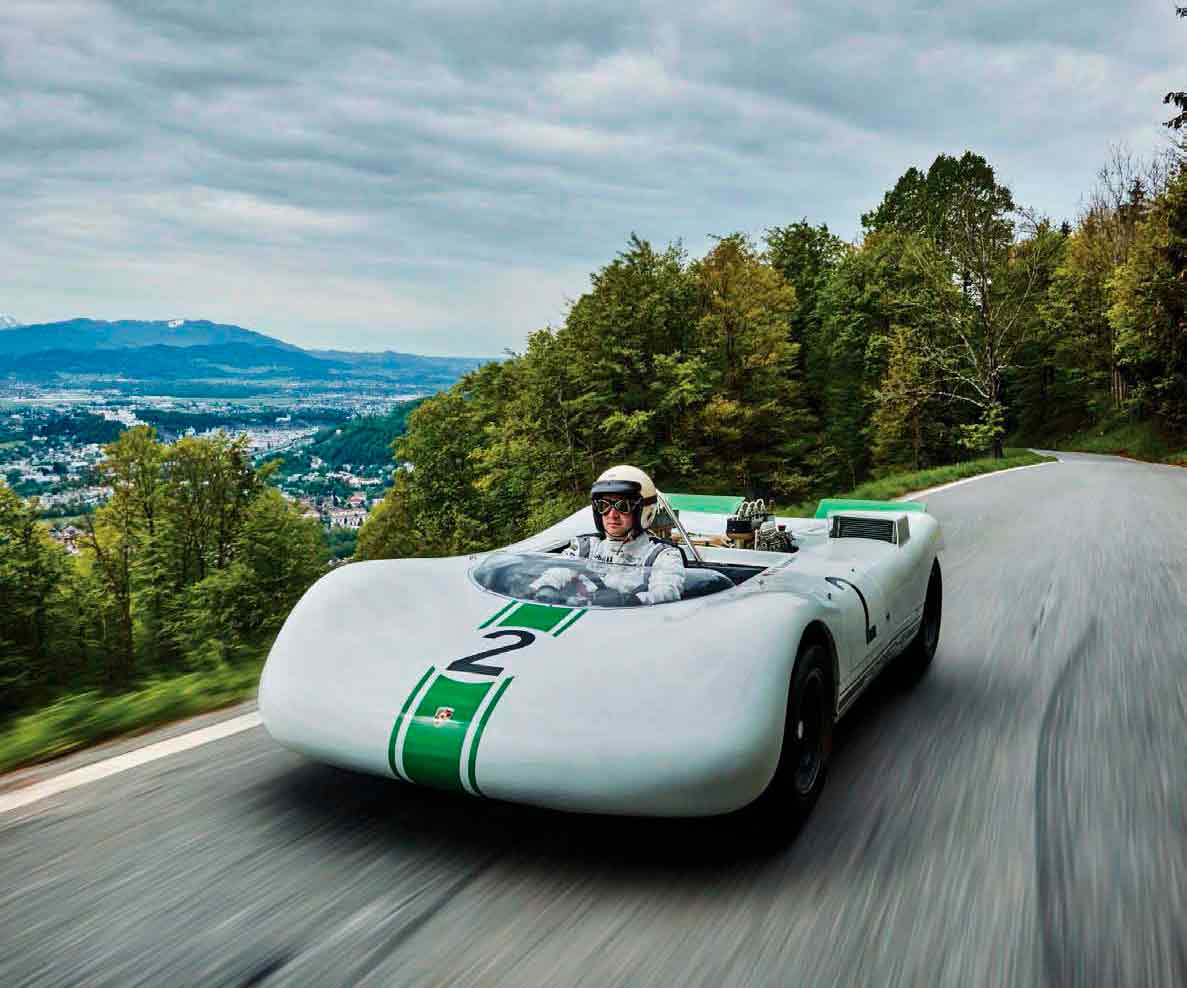Porsche 909 Bergspyder (1968)
Share
The Incredible Porsche 909 Bergspyder (1968)

The Porsche 909 Bergspyder, introduced in 1968, is a remarkable piece of automotive history that showcases the pinnacle of Porsche’s engineering prowess. Built for competition and designed to dominate hillclimb races, the 909 Bergspyder has carved out its niche as an iconic example of Porsche’s racing heritage.
Origins of the Porsche 909 Bergspyder

Porsche designed the 909 Bergspyder in response to the growing demand for lighter and more agile racing cars. At the time, hillclimb events were becoming increasingly popular, especially in Europe. The engineers at Porsche understood that to win, they needed a car that combined lightweight construction with high-performance capabilities.
The 909 was built on the foundation of the 906 chassis, but it featured several key modifications that allowed for improved aerodynamics and reduced weight. Utilizing a monocoque design, the car was among the lightest racing vehicles of its time.
Design Features and Specifications

The 909 Bergspyder's design is characterized by its elongated silhouette, pointed nose, and distinctive rear. The bodywork is crafted from lightweight aluminum, which contributed significantly to its minimal weight of around 600 kg (approximately 1320 lbs). This low weight allowed the car to achieve an impressive power-to-weight ratio, further enhancing its performance.
Under the hood, the Porsche 909 was powered by a 2.0-liter flat-six engine, generating around 220 horsepower. The engine was mounted in a rear-central position, contributing to optimal weight distribution and balance. It was mated to a five-speed manual transmission, providing quick and responsive gear changes to suit the demands of challenging hillclimb courses.
Racing Legacy

The 909 Bergspyder made its competitive debut in various hillclimb events throughout Europe and enjoyed significant success. One of the most notable achievements was the victory at the 1968 International Austrian Hillclimb Championship, where the 909 proved its dominance over rival manufacturers.
Its lightweight construction, exceptional handling, and powerful engine made it a favored choice among professional drivers. Notably, the car was driven by legendary racer Jo Siffert, who contributed to its illustrious reputation on the racetrack.
The End of an Era

Despite its success, the Porsche 909 Bergspyder had a relatively short production run. By the end of the 1960s, the racing landscape was evolving, with stricter regulations and emerging technologies altering the competitive field. The 909 was eventually phased out in favor of newer models that better suited contemporary racing formats.
However, the 909 has remained an iconic symbol of Porsche’s commitment to innovation and performance. Today, it is celebrated by automotive enthusiasts and collectors alike, serving as a reminder of Porsche's rich history in motorsport.
Conclusion
In conclusion, the Porsche 909 Bergspyder stands as a testament to the ingenuity and ambition of Porsche during the golden age of motorsport. Its lightweight design, exceptional engineering, and racing legacy contribute to its status as a revered piece of automotive history. Although its time was brief, the 909’s impact on the racing world and its significance in the evolution of Porsche’s design philosophy are enduring.
For those interested in motorsports or automotive history, the Porsche 909 Bergspyder exemplifies the pinnacle of race car engineering and remains a cherished icon.

The Porsche 909 Bergspyder may be a historical model, but its legacy continues to inspire and inform the production of modern sports cars, ensuring that Porsche's racing spirit lives on.